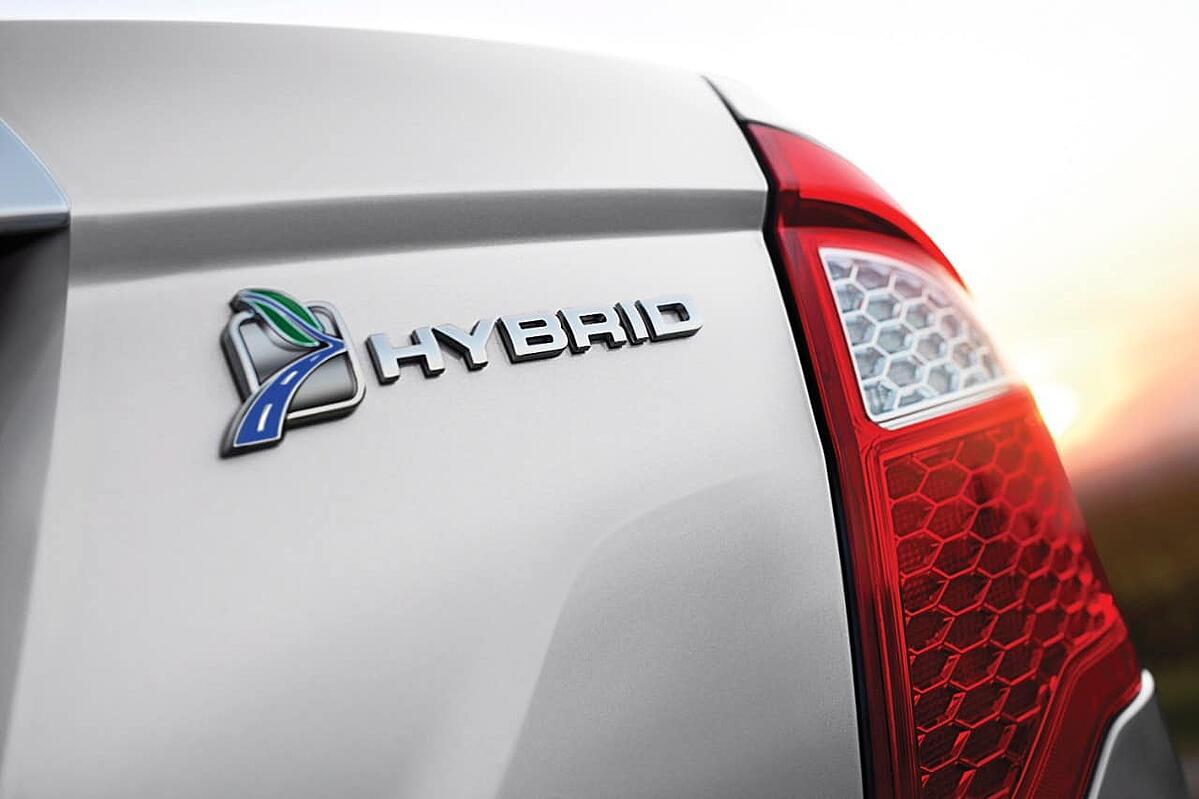Advantages and Disadvantages of Hybrid Vehicles
The idea of a hybrid vehicle is not a modern-day concept/product. The very first full hybrid vehicle was developed by Ferdinand Porsche and Viennese coachbuilder Ludwig Lohner in 1899. The car was named “Semper Vivus” (meaning always alive in Latin) and was a work in progress for five years. It was fitted with a 3.5-horsepower internal combustion engine paired to two 2.5-kilowatt generators which simultaneously supplied electricity to the wheel hub motors and batteries. The batteries had a range of 40 kilometres and the car reached a top speed of 56 km/h, which was pretty impressive for a car of its time.
Today’s hybrid vehicles are powered much the same. A petrol-powered combustion engine will be paired with an electric motor and a battery storage pack. The combination of the fuel and energy source allows a much better fuel economy than that of a regular car. Some hybrids also make use of a regenerative braking system that collects small amounts of current for their batteries. Now that you know what the basic setup of a hybrid entails, let’s take a look at the advantages and disadvantages these cars have to offer.
Advantages of Hybrid Vehicles
Environmentally Friendly
One of the primary reasons drivers are switching to hybrid vehicles is because they run cleaner. This makes hybrid vehicles great environmentally-friendly alternatives. In many countries, governments are incentivizing the purchase of hybrid and electric vehicles to get more consumers to switch over to these alternatives.
Fuel Economy
The electric motor in hybrid vehicles is what allows hybrids to run cleaner and require less fossil fuel. What this means for you is fewer trips to the fuel station and more money left in your wallet. In years to come, with more of these cars on the road and less dependency on fuel, prices will essentially have to come down.
No Range Anxiety
Hybrid vehicles are fitted with self-charging battery technology and regenerative braking systems. Such tech allows the electric battery to recharge while you’re driving or when applying the brakes. This eliminates the need to stop and charge the battery when on a long journey as with electric cars. One of the highest concerns on why consumers are resistant to switch to electric and hybrid vehicles is because they fear the car switching off while driving. This phenomenon is known as range anxiety and doesn’t apply to hybrid vehicles because of the backup fuel power.
Higher Resale Value
The resale value of hybrid vehicles is generally higher than regular cars. This is because it is more valuable than a regular car and less popular on the roads. It is also sought after and buyers are willing to pay the price for them.
Read previous: Should I buy a petrol or diesel car?
Disadvantages of Hybrid Cars
Price
Due to the research and technology that goes into hybrid vehicles, these cars come with a sufficiently higher price tag than regular cars. Although, it can be regarded as a once-off investment that will save you money over its lifespan.
Performance
This is where hybrids lose the enthusiasts and the petrolheads. Hybrids are not built for quick acceleration and fast driving. Since the car has two engines, neither the electric motor nor the petrol engine is as big as the one engine found in a regular car or electric car. Although the petrol engine is the primary power source, less power is still produced overall.
High Maintenance Cost
Should the car experience technical problems, repairs and maintenance will be costly because of the dual engines and the technicality behind the complex setup.
Since hybrid vehicles are new and not volume sellers as yet, finding a specialist mechanic may also be difficult.
Limited Trim Options
While variety in models is increasing, buyers don’t have as much flexibility to choose trims and features in a hybrid as buyers of regular cars do. However, hybrid vehicles will feature some unique elements that allow them to stand out. These include special badging, eco-friendly alternative materials and unique colours.

